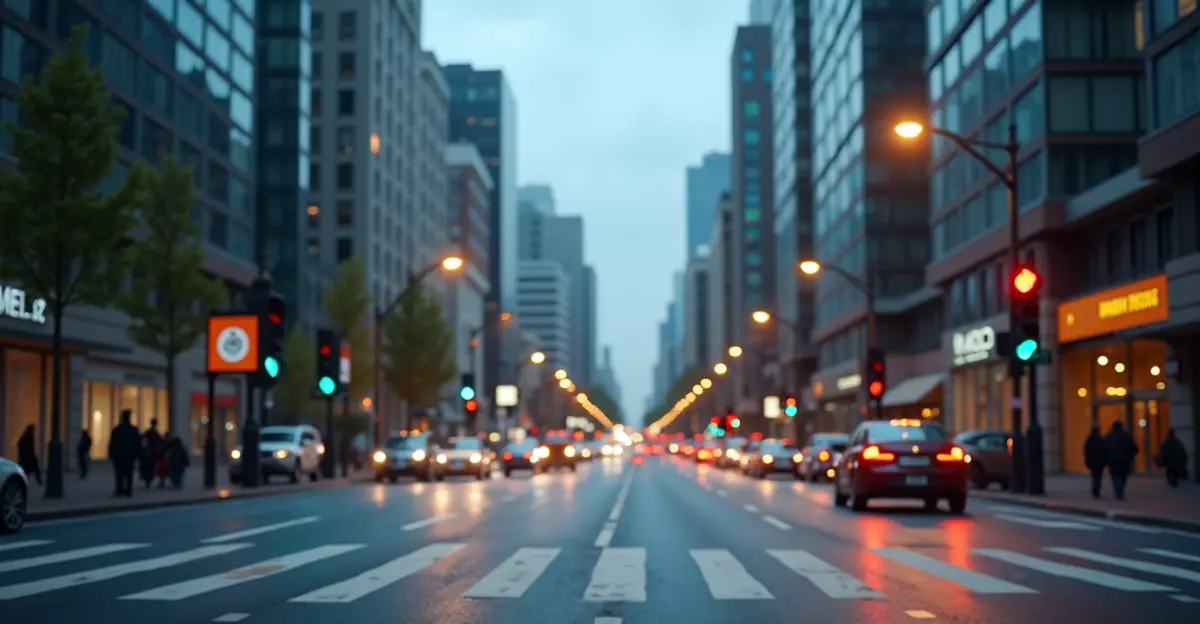
AI-Powered Traffic Management Transforms City Commutes
Cities worldwide are embracing artificial intelligence to tackle one of urban living's most persistent challenges: traffic congestion. Advanced AI systems are now being deployed to optimize traffic light timing in real-time, significantly reducing commute times and improving overall traffic flow.
How AI Traffic Optimization Works
Modern AI traffic management systems use a combination of sensors, cameras, and machine learning algorithms to analyze traffic patterns. These systems continuously monitor vehicle movements, pedestrian activity, and traffic density across entire city networks. The AI processes this data to dynamically adjust traffic light timing, creating smoother traffic flow and reducing unnecessary stops.
Unlike traditional fixed-time traffic signals, AI-powered systems can adapt to changing conditions throughout the day. During morning rush hours, the system might prioritize main arterial routes, while in the evening, it could optimize for downtown entertainment districts. The technology can even respond to unexpected events like accidents or road closures by rerouting traffic flow automatically.
Real-World Implementation Success Stories
Several major cities have reported impressive results from AI traffic management implementations. Pittsburgh's "Smart Spines" program reduced travel times by 25% and idling time by over 40%. Similar systems in Los Angeles and Singapore have shown comparable improvements in traffic efficiency.
European cities including London, Amsterdam, and Barcelona have integrated AI traffic management with their broader smart city initiatives. These systems not only improve traffic flow but also contribute to reduced emissions and improved air quality by minimizing vehicle idling time.
Environmental and Economic Benefits
The environmental impact of AI-optimized traffic systems is substantial. Reduced idling time translates to lower fuel consumption and decreased greenhouse gas emissions. Studies show that optimized traffic flow can reduce vehicle emissions by 15-20% in urban areas.
Economically, improved traffic flow means reduced transportation costs for businesses and individuals. The time savings alone represent significant economic value, with some estimates suggesting that traffic congestion costs major cities billions of dollars annually in lost productivity.
Future Developments and Challenges
The next generation of AI traffic management systems will integrate with connected and autonomous vehicles. This will enable even more precise traffic control, with vehicles communicating directly with traffic infrastructure to optimize flow at the individual vehicle level.
However, challenges remain, including privacy concerns regarding data collection and the need for significant infrastructure investment. Cities must also ensure that these systems are accessible and beneficial to all residents, not just those in wealthier neighborhoods.
As AI technology continues to advance, we can expect even more sophisticated traffic management solutions that will fundamentally transform how we move through our cities.

 Nederlands
Nederlands English
English Français
Français Deutsch
Deutsch Español
Español Português
Português


